小暑已至 马上入伏 | 中轴线之夏:古人也能吃到“冰淇淋”?
夏季已至,炎热的天气笼罩着整个京城。沿着纵贯南北的北京中轴线两侧,排列着北京皇家文化和市井文化最有代表性的建筑和街市,街市两旁到处都是夏日冰品售卖点。但对于几百年前没有空调、冰箱的古人来说,想要在夏日喝上一杯冰镇饮品,该怎么办呢?
It is summertime again. The sweltering heat has seized the entire Beijing city. Along either side of the north-south central axis of Beijing, there is architecture epitomizing the imperial culture, and also street markets emblematic of traditional urban culture. Today the street markets are interspersed with stalls for iced snacks, but for our ancestors centuries ago, who lived without air-conditioning or refrigerators, if they desired cold drink in to beat the summer heat, what would they do?
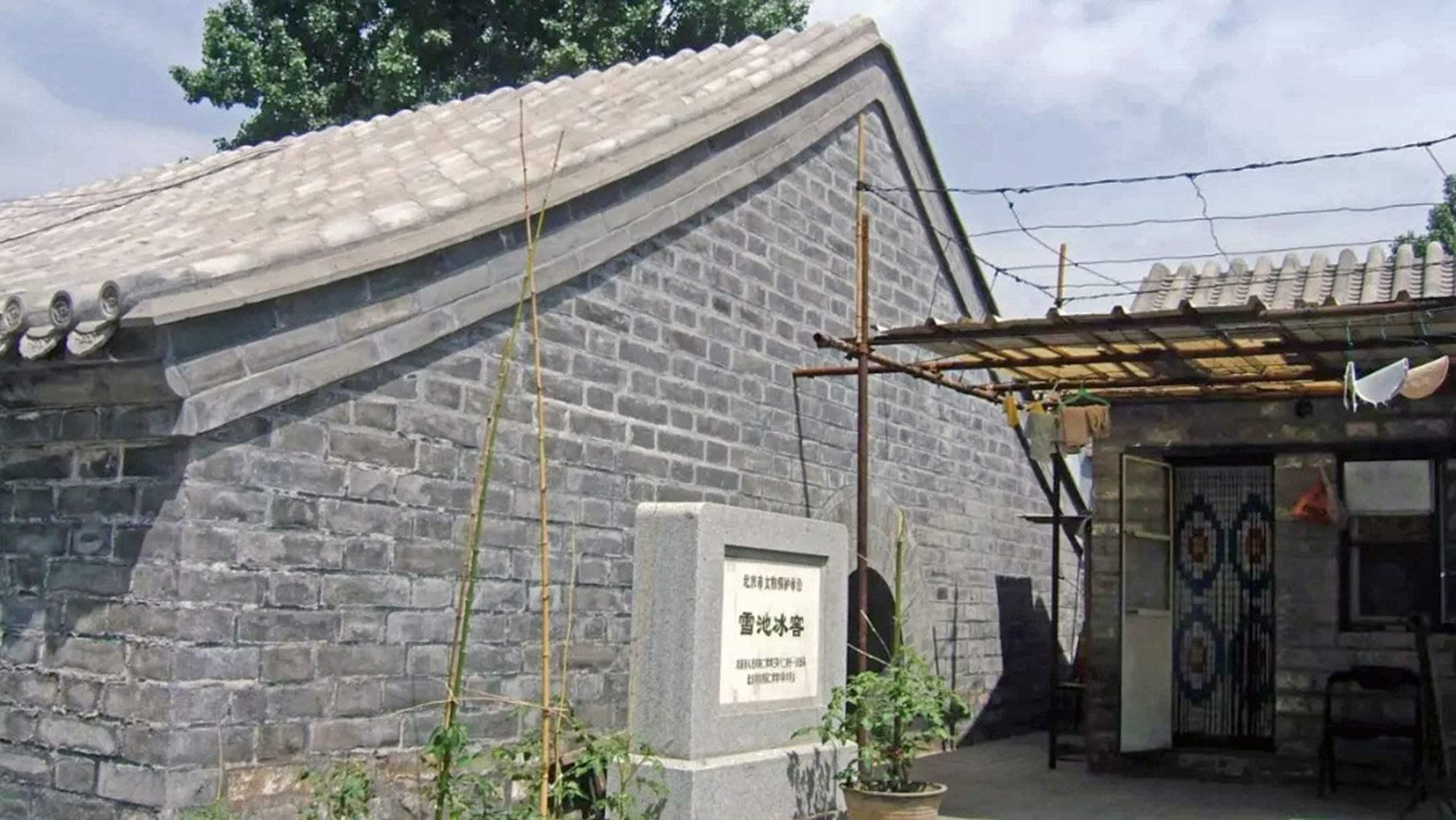
古代当然也有存放冰的“神秘建筑”!清代时北京城内共有18座官窖。故宫内的5座专供皇宫储冰。城外面的13座,面向高官及皇亲贵胄。
The fact is that there were indeed “mysterious structures” for storing ice in ancient times. In the Qing Dynasty, Beijing had a total of 18 official icehouses. Among them, five were inside the Forbidden City and were dedicated for imperial use, the other thirteen were for high officials and nobles.
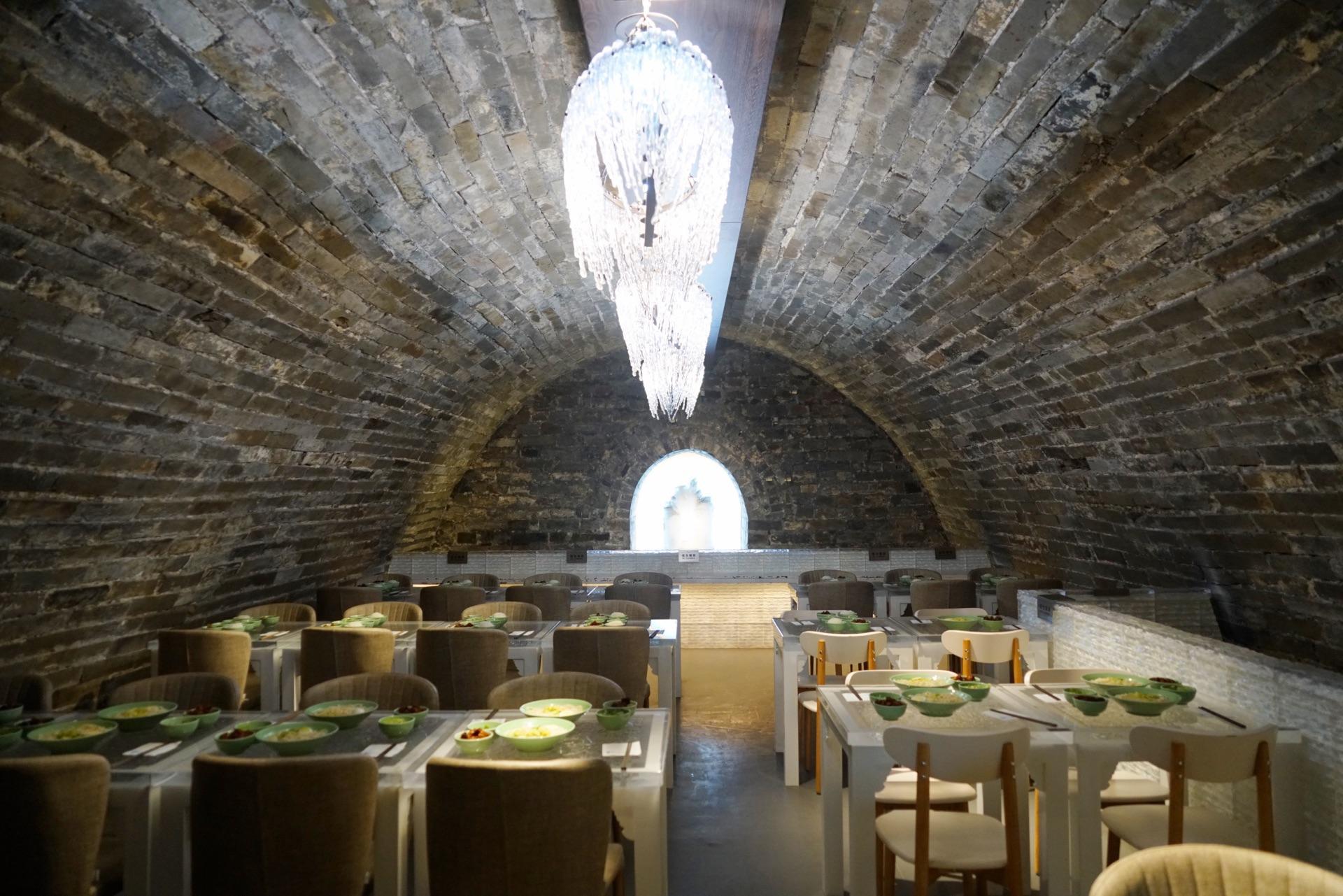
故宫里的冰窖全是半地下室,呈南北走向长条状的拱券式土窑洞工程建筑。每座窖底下沉地面以下约1.5米,冰窖东西宽约6.4米,南北长11米多,墙面厚约2米,不设窗,仅在南北两边设门。古人的冰窖也有“黑科技”,冰窖地面的石材用的是火山岩石,除了隔热保温还具备杀菌功效。
The icehouses inside the Forbidden City are semi-basement elongated cave structures with arch roofs, aligned along a north-south axis. Each of the ice-storing structures sinks 1.5 meters below the ground, measures 6.4 meters from east to west, and 11 meters from north to south. Sealed with walls around two meters think, they have no windows and only doors on the north and south sides. The icehouses also featured “black tech”. Our ancestors used volcanic rocks as interior ground pavement, serving both insulation and sterilizing purposes.
有了存放地,可是冰是从哪里来的呢?
Now we have the storing places, but where did the ice come from?
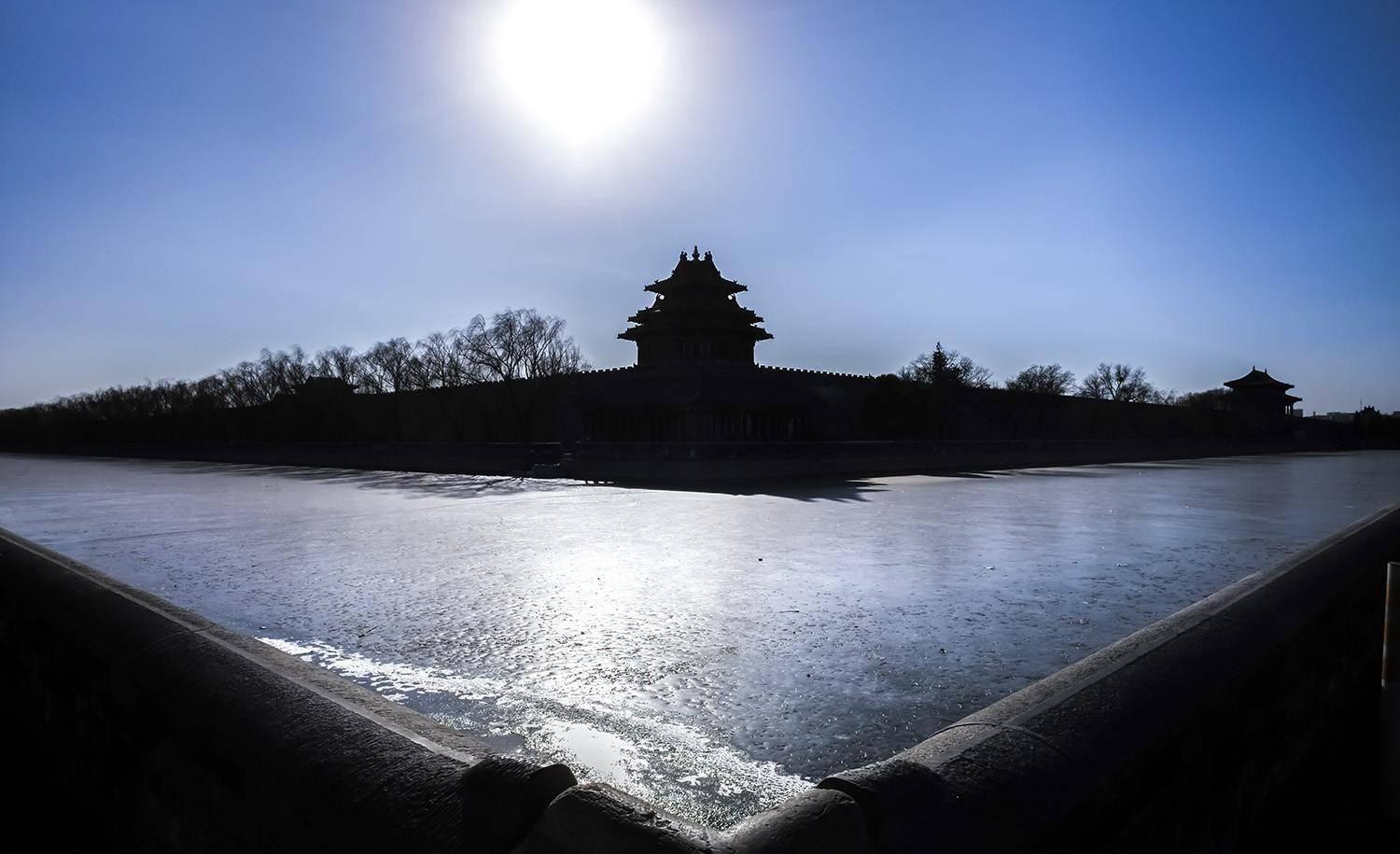
故宫用于食材冷冻或消夏避暑的冰块,从故宫筒子河、北海及中南海、御河等处采用;食用的冰块则是在以上湖河旁挖一个蓄水池,将净化水结冻后采用。
The ice cubes used in the Forbidden City to freeze food or to cool off the summer heat were mined from the moat around the imperial palace, the Beihai and Zhongnanhai lakes, the Imperial River, and elsewhere; the ice cubes for consumption were collected from frozen purified water in the reservoirs dug next to the above lakes and rivers.

打冰务必在三九天,选择清亮坚厚的冰块,切成0.5米厚,每块净重约80KG——这个尺寸的冰块最不易融化。每座冰窖藏冰大约5000块。
The ice mining would start right after winter solstice, the coldest days in a year. The workers were sent to quarry those clean, solid and thick ice blocks, and cut them into cubes of 0.5 meters, each weighing around 80 kilograms. Ice cubes of this size are the least likely to melt. Each icehouse could store about 5,000 of these cubes.
由于冰来之不易,清朝故宫中每年只有农历五月到七月的三个月间可以使用冰窖里的冰,即便是皇帝也要限制用冰时间。
Because the difficulty in production, ice in the Forbidden City was only supplied from the fifth to the seventh month in the lunar calendar every year during the Qing Dynasty. Even the emperor had to abide by this ration.
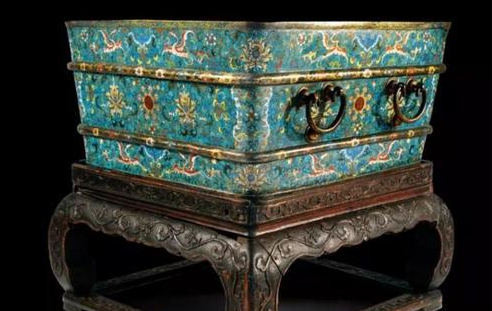
这些冰放置在宫廷客厅内的景泰蓝冰桶里,冷气流出,房间内便清凉很多,成为古代的“空调”。还有木头或青铜制的“冰鉴”,放入冰窖里的冰,再把食物或饮品放在其间,就能在盛夏时分,吃上凉爽的一口,这就是世界上发现最早的“冰箱”了。
The ice would be put into the cloisonné buckets in the living rooms in the palace, releasing cold air to serve as primitive “air-conditioning”. Wooden or bronze containers called “Bingjian” were also used for freezing food or drink with ice, providing refreshments in the searing heat of summer. These are regarded as the earliest refrigerators of the world.
冰镇水果、绿豆汤、酸梅汤、杏仁豆腐……在这些传统的夏日小吃中,最特别的是“酥山”,也就是清朝的冰淇淋!最底层置冰,淋上奶油、酥油,做出山峦的造型,和现在的“绵绵冰”有些相似。
Iced fruits, mung bean soup, sour plum drink, almond tofu… Among all the traditional summer snacks, the most special is Sushan, or dairy hill, which was Qing Dynasty’s ice cream! To make Sushan, ice was put at the bottom as the base, and then flavored and shaped into tiny hills with toppings of melt cheese and butter. It was like a prototype of today’s shaved ice dessert.
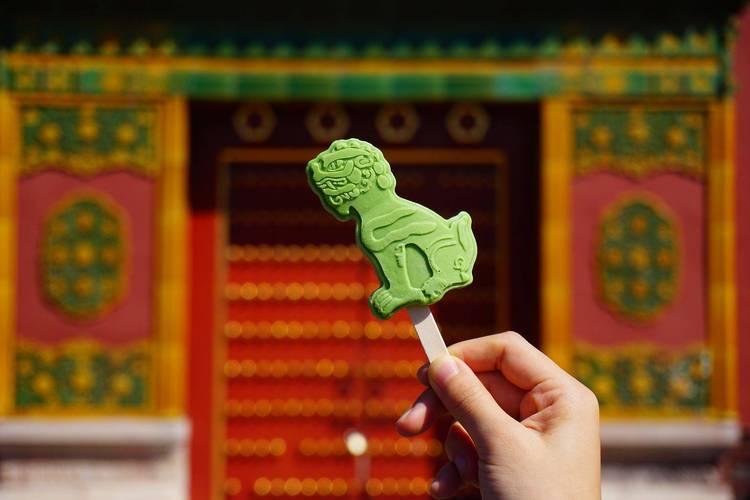
目前保留比较完好的知名老冰窖在北京中轴线西侧还有三处。故宫现存冰窖,如今已经改造成冰窖餐厅,售卖“脊兽雪糕”等特色文创冷饮,是游览故宫时的网红打卡地。冰窖不再是皇家专属,让游人可以在休憩之时,感受历史与文化的厚重。今天的中轴线,也不再是皇家居住的中轴线,而是融入到百姓生活中的中轴线。
At present, there are three well-preserved famous icehouses west to the central axis of Beijing. The ones in the Forbidden City have been turned into a special restaurant with in the Palace Museum. It sells ridge beast ice creams and other special creative cold snacks, and has become a must-see place for visitors to the palace. The ice houses are no longer exclusive to the imperial family, but rather where visitors can appreciate the profundity of history and culture while taking a rest. Like wise, Beijing’s central axis is no longer the pivot for the imperial residence, but for the life of common people.










